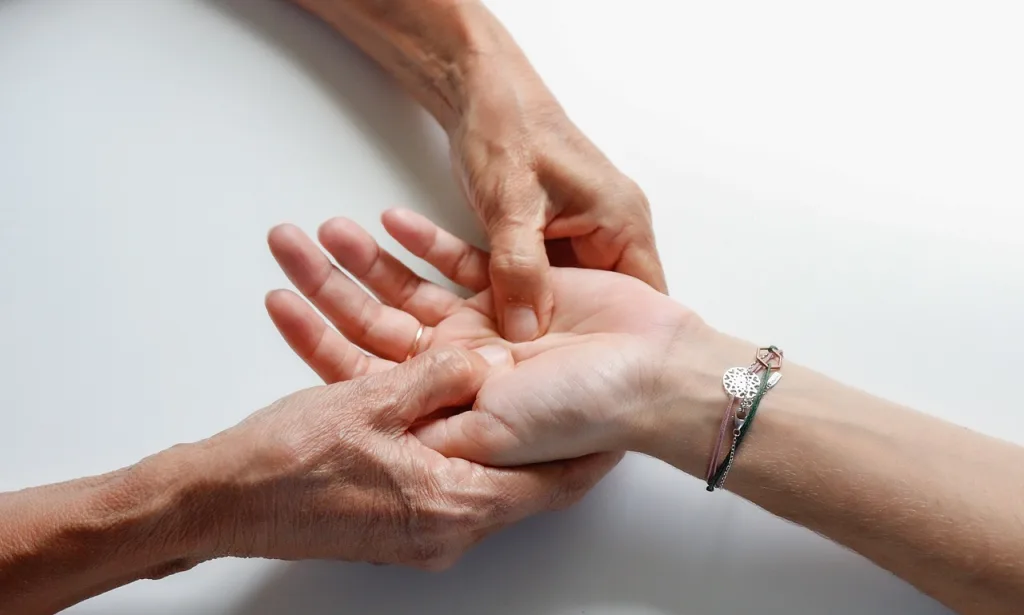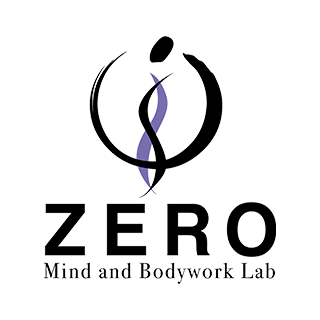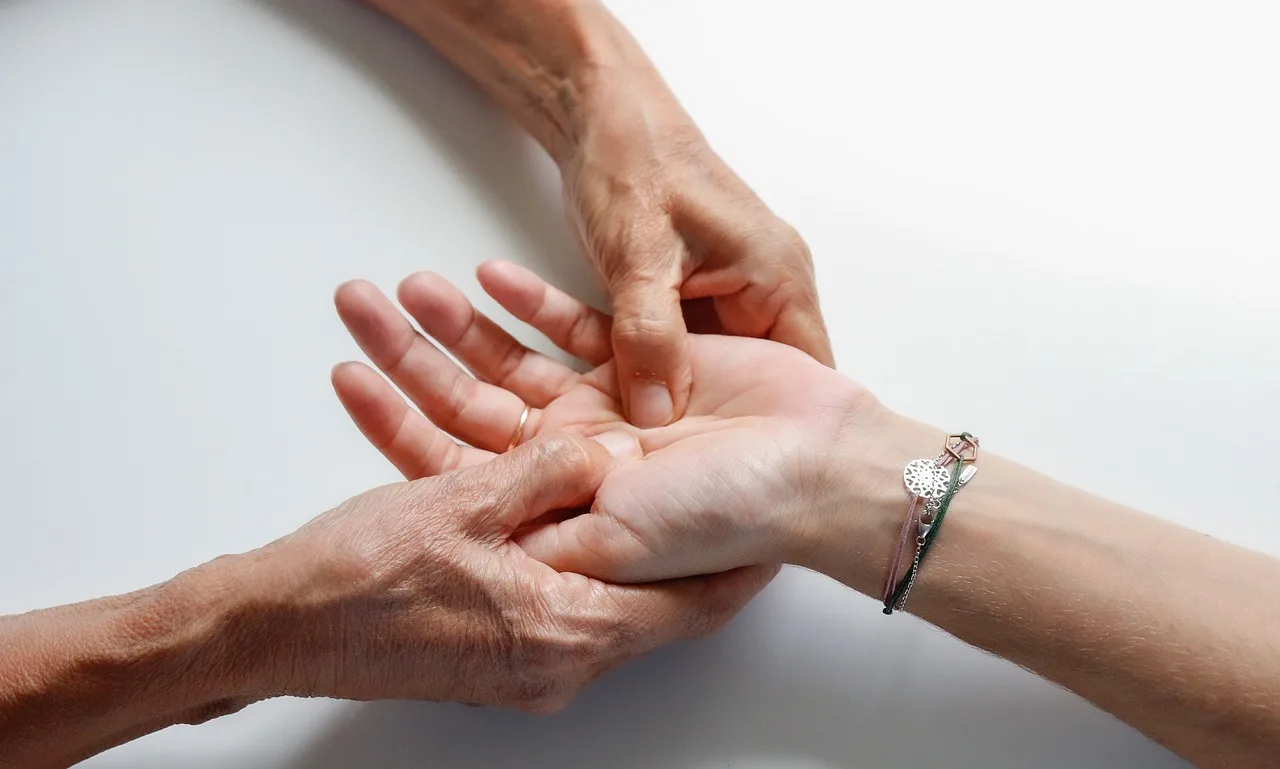Introduction
Hello, I’m Hidefumi Otsuka, offering Rolfing sessions in Shibuya, Tokyo.

From April 8 to 25, 2025, I participated in a three-week (four days per week, Tuesday through Friday, totaling 12 days) Advanced Rolfing Training (AT) held in Ichigaya, Tokyo, organized by the Japan Rolfing Association. The instructors were Ray McCall and Hiroyoshi Tahata.
Summary of AT – A 7-Part Series on “Neutral”
Reflecting on the first half of this Advanced Training, the most profound learning for me was the question: What does it mean to be “neutral” during a session?
To summarize what I’ve taken from the AT, I am writing a seven-part blog series focusing on the theme of “Neutral” under the following titles:
- 1. What is Neutral?
- 2. What is Presence?
- 3. Working with Limitations and Possibilities
- 4. The Relationship Between Energy Work and Body Awareness
- 5. Practicing Right Action
- 6. Listening Touch: The Neutral Way of Touching
- 7. What is Integration?
In this post, I’d like to explore Listening Touch—the neutral way of touching, which serves as the foundation for all the previous themes and becomes the core of Rolfing practice.
What Is “Listening Touch”?
Listening Touch is more than just placing hands on the body.
It means:
- Not imposing an intention to make something happen
- Attuning to the body’s subtle signals
- Touching in a way that listens to what the tissues and movements are asking for
In short, it is touch that listens—hence, Listening Touch.
Why Is Listening Touch Important?
The goal of Rolfing is not simply to put the structure “back into place.”
Rather, it is to support the client’s self-organizing capacity.
This means that instead of forcing change, the practitioner must trust in the body’s ability to reorganize itself—and support that process.
Listening Touch is one of the most subtle—and therefore most profound—forms of intervention to facilitate this.
How to Cultivate a Neutral Touch
To embody Listening Touch, the practitioner must keep the following practices in mind:
Shape the Hand
Touch with the attitude that the client’s body is shaping your hand.
- Let go of the desire to move or fix something with your own hand
- Let the body “pour information” into your hand and shape it accordingly
- This attitude is the foundation of Listening Touch
Touch from the Hara
Touch not just with your fingers, but from your center—your Hara.
- Let the energy flow from your Hara through your hands
- Feel the integration of hand and Hara as a unified presence
- This brings depth and stability to your touch
Maintain the Back Space
If your awareness is too focused on the front (the client), your hands may become intrusive.
- By simultaneously sensing the space behind you, you can maintain a neutral stance
- This balance allows your touch to remain open and receptive
Act with Intentionality, Not Intention
Rather than holding a fixed intention like:
“I want to release this tissue”
“I need to correct this misalignment”
Touch with a gentle intentionality, such as:
“Perhaps there is a space here that wants to open”
“Maybe there’s a direction in which this tissue wants to move”
This open, directional awareness deepens the quality of Listening Touch.
What Changes Does Listening Touch Bring?
ニOne of the key takeaways from AT was this:
When the practitioner embodies Listening Touch, the quality of the session transforms.
- The client’s body begins to change more naturally, more deeply, and more spontaneously
- The client becomes more internally sensitive, and self-organization is supported
- The practitioner can stay engaged in a grounded and effortless way
Listening Touch cultivates a shared space between practitioner and client—it becomes the ground for transformation.
Summary
- Listening Touch is the art of touching as if you are listening
- It involves shaping the hand, touching from the Hara, maintaining the back space, and acting with intentionality
- True Listening Touch is only possible when the practitioner maintains a neutral presence
- It supports the client’s self-regulation and shifts the session from manipulation to co-creation
I hope this post offers something useful to your practice.

